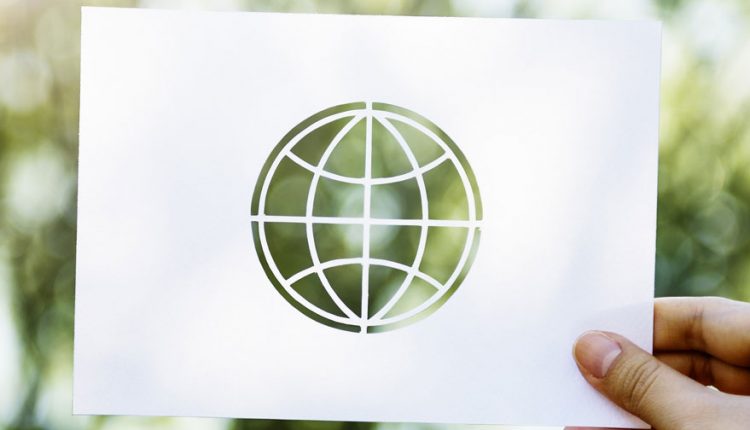Communication can save lives. But what if existing technology is no longer available, after an attack for example? Scientists from IDLab, a core imec research group embedded in the universities of Ghent and Antwerp, are working on an innovative system for wireless networks to enable smooth communication even in crisis situations. DARPA, the American Defense Advanced Research Projects Agency, recently awarded the project 750,000 dollars.
The prestigious DARPA challenges are global competitions in which teams of researchers work around a specific theme to overcome a problem that affects the entire world. The team that develops the best solution to a specific technological challenge is awarded the DARPA cash prize, enabling them to develop their technology further. One challenge at the end of the 1960s, for example, was to connect computers with each other.
This produced the ARPANET, the predecessor of the Internet as we know it today. More recently, the DARPA Grand Challenge also sparked the idea for Google’s self-driving car.
The most recent DARPA Challenge (2017-2019) requires scientists to develop the best possible wireless network system – one which also works reliably in crisis conditions. “After an attack, current wireless technologies such as 4G can sometimes become unusable”, says Professor Steven Latré (UAntwerp/imec). “Communication also plays an essential role in situations like forest fires, for example. But in areas with no 3G or 4G signal, it’s often impossible to exchange information and keep up with the situation as it evolves minute by minute.”
Biggest ever cash prize
Colleagues Ingrid Moerman (UGent/imec) and Steven Latré (UAntwerp/imec) entered the DARPA Challenge with their IDLab research group (embedded in the universities of Antwerp and Ghent and operating with the backing of imec). The project also sees them collaborating with scientists from Rutgers University (United States). Moerman: “Thirty teams registered, from both the business and academic worlds, and IDLab was the only European team. Ultimately, nineteen teams qualified for the final rounds of the competition.”
The Belgian-American team put in an outstanding performance, coming in in provisional fifth place after the first round of the competition. “We hope to do even better in the next few years”, says Latré. “But we already received a cash prize of 750 000 dollars for fifth place, by far the biggest prize we have ever won. This prize money will definitely give us the boost we need to develop our technology further and to implement it in other wireless communication applications, such as Wi-Fi and Internet of Things technology.”
Artificial intelligence
In any case, it’s onwards and upwards for IDLab. The researchers use a ‘clean slate’ approach, which enables them to ignore the limitations of existing technologies and concentrate on developing their own communication system. Moerman: “We decided to focus on artificial intelligence. Obviously it’s quite technical, but things can go wrong nowadays if the digital information sent out by different wireless devices ‘collides’ because the devices are using the same channel on the wireless spectrum. By teaching wireless devices like smartphones to figure out what other devices are doing and predict when they will use which channels, we can avoid these collisions.
That way, it’s no longer necessary to make wireless communication plans or agreements in advance – something that’s impossible in crisis situations anyway. To help us develop our solution, DARPA has provided powerful radios and multiple true-to-life crisis scenarios in the world’s largest and most powerful wireless testing environment, known as the Colosseum.”
While the researchers are mainly working on fundamental research at the moment, practical applications are already twinkling on the horizon.
“The artificial intelligence-based solutions should be ready for use in the short term”, says Latré. “We are already working with Antwerp’s fire department, for example. For them it would be a huge advantage to be able to stream live images of fires to their command vehicles. And to get those images from the fire site to the command vehicle, we need to build a new wireless network. So that’s what we’re going to do.”

